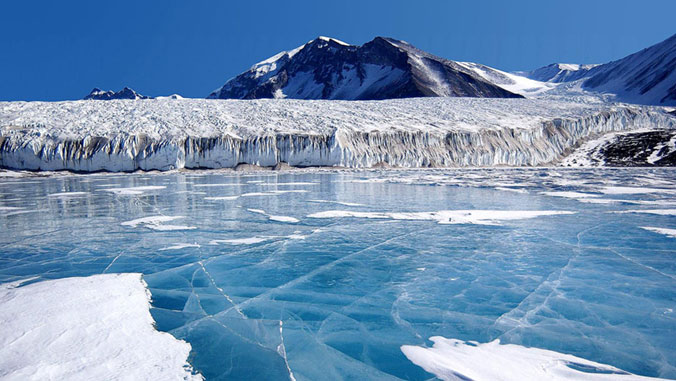
The impact of sea surface temperature variations in the tropical Pacific on global climate has long been recognized. For example, the episodic warming of the tropical Pacific during El Niño events causes melt of sea ice in far-reaching parts of the Southern Ocean via its effect on the global atmospheric circulation. A new study, by an international team including University of Hawaiʻi at Mānoa Assistant Professor Malte Stuecker from the Department of Oceanography and International Pacific Research Center, published in Science Advances demonstrates that the opposite pathway exists as well.
Using a hierarchy of climate model simulations, the authors demonstrate the physical pathways through which polar climate variations can affect the trade winds in the tropics.
“Climate signals can propagate from the polar regions to the tropics either via the atmosphere or the ocean,” explained Stuecker. “Our climate model simulations were designed to investigate the relative role of these pathways and whether their importance differs for perturbations originating from the North pole or the South pole.”
Anomalous cooling
The authors found that in the most complex model simulations, which include realistic representations of the ocean, atmosphere, land processes, and sea ice, an anomalous cooling in either hemisphere leads to a strengthening of the tropical trade winds.
Lead author Sarah Kang from the Ulsan National Institute of Science and Technology in South Korea explained the reasoning behind these experiments. “One of the largest sources of uncertainty in the current generation of climate models are biases in the representation of clouds over the cold Southern Ocean. We wanted to explore what effect too much reflection of solar radiation by these clouds to outer space might have on global climate. In addition, large emissions of aerosols in the late 20th century due to industrial activity in the Northern Hemisphere from North America, Europe and Asia resulted in a slight, temporary reduction of the global warming rate that is due to increasing greenhouse gas emissions,” she said.
According to the authors’ results, both of these effects could potentially explain why the Pacific trade winds were anomalously strong in recent decades.
The model experiments developed by the authors can be used to further explore two-way interactions between the tropics and polar regions both for future climate projections as well as for interpreting reconstructions of climate states in the geological past.
–By Marcie Grabowski

